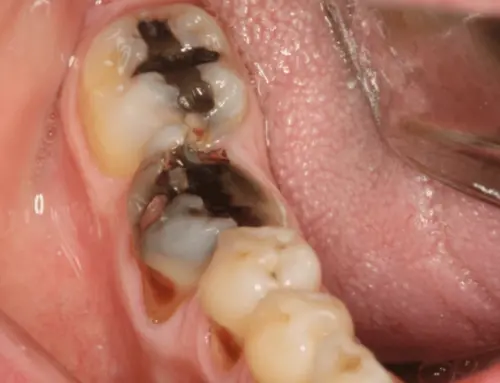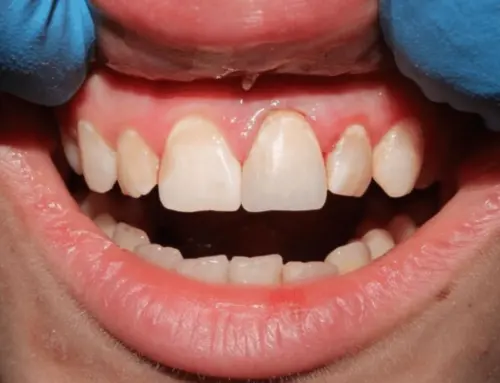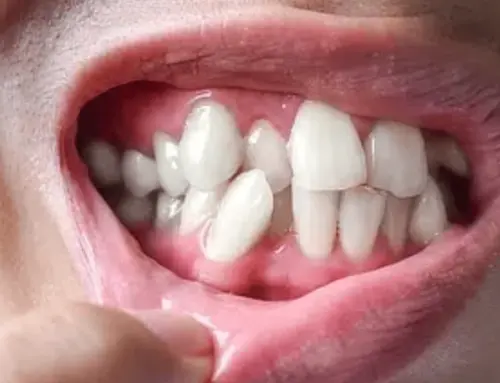Dental fillings have the potential to persist for a very long time provided that the patient maintains proper oral hygiene. There are a lot of different things that can influence how long dental fillings will last.
Dental fillings, like everything else in the world, have a shelf life that must eventually be exhausted. Dental fillings have the potential to survive for a very long time with the proper amount of care and upkeep. However, nothing can last forever. Dental fillings will eventually need to be replaced if they are not maintained properly. Having your teeth checked at the dentist on a regular basis will give you more time before they need to be replaced.
Dental fillings typically have a lifespan of ten years or more, though their longevity can vary from patient to patient. After gold, amalgam has the longest lifespan of any of the materials that can be used to treat cavities in teeth.
The longevity of amalgam is 15 years, followed by ceramic, which lasts approximately 15 years, composite, which lasts approximately 7 years, and glass ionomer, which lasts around 5 years. Among the several types of dental fillings, the most popular ones are composite and amalgam fillings.
Common Dental Filling Materials That Contribute To Its Longevity
One of the most important factors in the longevity and success of a dental filling is the material used. We value our customers, which is why we strive to provide them with materials that are proven to last and perform as expected.
Here are some of the common materials used for dental fillings:
- Amalgam – This type of filling material is composed of a mixture of metals such as silver, tin, copper and zinc. It has been around for more than 150 years and still remains the most popular material for dental fillings today due to its strength, durability and affordability.
- Composite Resin – This type of filling material consists of glass or quartz filler particles suspended in a resin base. It can be matched to the color of your natural teeth and can be used for front or back teeth. It is more aesthetically pleasing than amalgam but not as strong and durable.
- Ceramic – This type of filling material is made from a hard ceramic material such as porcelain and pressed into a mold to fit the shape of the cavity. This material is highly resistant to wear and tear and it has excellent esthetics, allowing it to blend in with natural tooth enamel for a virtually undetectable look.
- Gold – Gold fillings are composed of an alloy of gold, copper and other metals that gives them their strength and durability. They can last up to 20 years or more if properly maintained, and they are the most expensive type of filling material.
Can Dental Fillings Fall Out?
They do have the potential to come loose. If you neglect it and do not look after its cleanliness and upkeep, it will fall out; but, if you take care of it, it will continue to serve you for a long time and it will continue to serve you well if you do so.
During the course of your life, dental fillings may become damaged or fall out entirely, in which case you will need to have them replaced.
Your tooth is at risk for decay and infection if the dental filling that protects it becomes worn down, develops cracks in it, or falls out entirely. Dental fillings do not instantly announce the damage that has been done to them. However, if you go to the dentist on a regular basis, at least once or twice a year, he should be able to tell you whether or not you need a new filling.
The region surrounding the filling is examined by the dentist to ensure that the restoration is still bonded to the tooth and is in the correct location. In addition to this, they will check for infection and decay by looking for black areas on and around the tooth that was rebuilt.
If there are black patches on the tooth, which is an indication that there is a bacterial infection, then he will recommend that the dental filling be replaced. Instead of waiting for the visit that was originally arranged, you should contact the dentist as soon as possible if you experience any discomfort in the area of the replaced tooth.
Why Do Dental Fillings Fail To Last Longer?
Dental fillings are a common dental procedure typically performed to restore teeth that have been affected by cavities or decay. They are designed to help preserve the tooth’s structure and function, while also improving appearance.
However, despite being a routine procedure, dental fillings have a risk of failure, which is a common frustration for many patients. So, why do dental fillings fail to last longer?
Let’s explore some of the reasons:
Poor Oral Hygiene
One of the most common reasons for dental fillings failing to last is poor oral hygiene. A failure to maintain good oral hygiene habits accelerates the occurrence of tooth decay and cavity formation.
When bacteria are allowed to accumulate on teeth, tooth decay are more likely to occur, which can weaken the structure of the tooth and cause the filling to eventually become dislodged or break. Brushing twice a day, flossing regularly, and visiting the dentist for routine check-ups and cleanings can help reduce the risk of dental fillings failure and other oral health problems.
Not Having the Tooth Prepared for Filling
Another issue is inadequate tooth preparation. When a filling is placed, the tooth is first prepared by removing the decayed part of the tooth. If the area is not properly cleaned or there is still decay present, the filling may not bond properly to the tooth, which significantly reduces the filling’s ability to stay in place.
It is also important to ensure that the filling is properly placed and shaped, especially since fillings that are too high or too low can lead to biting problems and pain. This is why having an experienced and skilled dentist is crucial.
Type of Filling
The type of filling material used can also impact the filling’s durability. Many different types of filling materials are available today, including amalgam, composite, gold, and porcelain. Some are more durable and long-lasting than others. Some materials may be more appropriate for particular tooth surfaces or types of tooth decay.
For instance, an amalgam filling might be effective for restoring a deep cavity in a patient’s back teeth, since they are less visible, while a tooth-colored composite may be preferred for a filling at the front of the mouth due to its aesthetic qualities. The wrong filling material can cause the filling to fail prematurely.
Bruxism or Clenching
Teeth grinding or clenching, also known as bruxism, may cause fillings to wear out faster. A patient may not even realize that they grind their teeth, especially if it occurs at night. Over time, this can put undue pressure on the filling, causing it to crack or break. The use of a mouthguard can help protect the teeth and the filling, thus preventing early failure.
Age
Lastly, filling age is a significant factor. Fillings can fail from simple wear and tear over time, no matter how well they were maintained. They may slowly deteriorate, crack or wear down, making them more vulnerable to further decay or fracturing. This is especially true for older fillings. It’s essential to monitor fillings over time and have them checked and potentially replaced if they show signs of age or wear.
In conclusion, dental fillings are a crucial part of maintaining good oral health – it is a standard procedure that benefits millions of people every year. However, they can fail after a while for many reasons, from poor oral hygiene to inadequate tooth preparation, from the type of filling material used to bruxism and filling age.
By practicing good oral hygiene, choosing the right fillings, having them placed properly, and being aware of the state of the fillings over time, patients can help maximize their longevity, ultimately avoiding the need for more extensive and expensive dental procedures in the future.
At Monahan Family and Cosmetic Dentistry, we value our customers by providing the highest quality of care and materials, so that you can be assured your fillings will last longer. Contact us today to book an appointment and learn more about our services. We look forward to hearing from you soon!z









